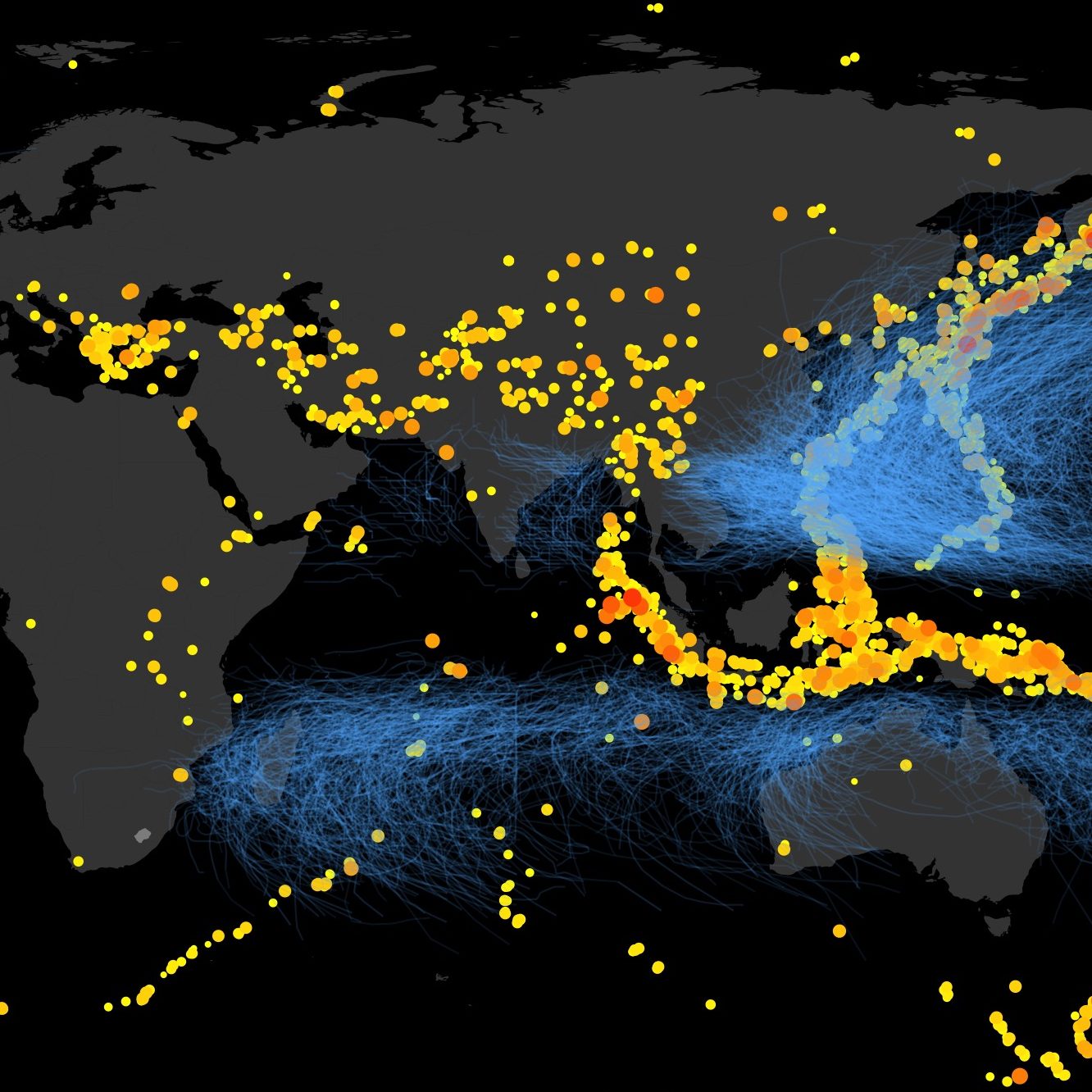A Framework and Case Study for Urban Seismic Risk Forecasting
Current seismic risk assessment practice characterizes the components of risk—hazard, exposure and vulnerability—in a static state. This paper provides a conceptual framework for an urban risk assessment model that accounts for spatial and temporal dynamics of urban environments. Specifically, it incorporates spatial and temporal variations in exposure and vulnerability in order to predict future risk. The framework is then applied on a case study of Kathmandu, Nepal. Based on sparse data from the Nepalese national census, the results show a very significant increase in seismic risk over time. These results point to the importance of time-dependent risk models that can forecast future risk, and points to several possible avenues for future developments.
